



 (4 ratings)
(4 ratings)
Choosing a good camera is among those frustrating tasks, which turns people's heads back to their smartphone's cam. The photography is all about creativity and developing pictures, which won’t find a stupid corner in the stack of albums, rather they must be framed for future. But everyone doesn't think so. Most of us find photography as a proof of visiting some places, so that we can show them off to our colleagues and cognates or to get it published as a DP over some social networking platform. The true photography can be executed with knowledge of technology behind the camera. Here you will get to know something good for the snapper beneath yourself.
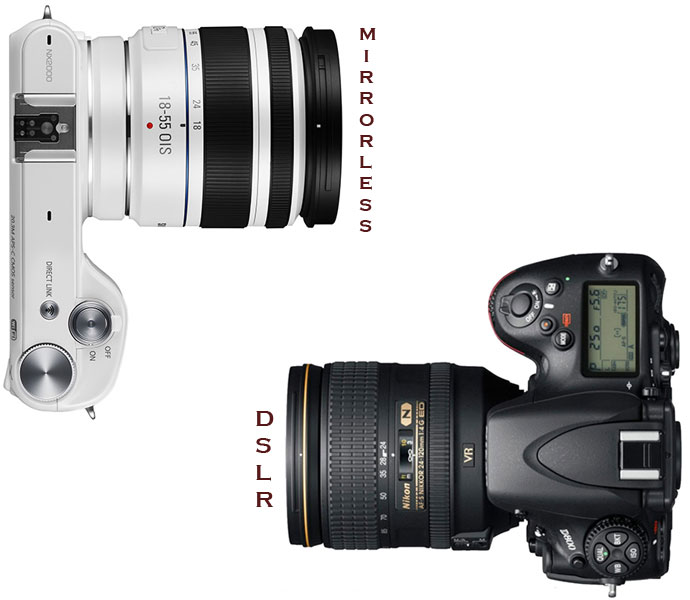 A lot of cameras are available in the market with different technologies. Here we will be discussing about the three most common camera types; Point and Shoot, DSLR and Mirrorless. Understanding these camera technologies is not that difficult than it sounds. Here we go:
A lot of cameras are available in the market with different technologies. Here we will be discussing about the three most common camera types; Point and Shoot, DSLR and Mirrorless. Understanding these camera technologies is not that difficult than it sounds. Here we go:
Point and Shoot:
These cameras are the basic devices to serve the purpose of photography. They can be purchased for the purpose of nonprofessional photography. Point and shoot cameras don't hold hi-fi features and are very basic in design and operations. They have got an inbuilt flash, small zoom lens and optional autofocus. These cameras are getting replaced by the smartphones as they are more convenient to carry and use. But here our main motive will be to check further two types.
DSLR:
DSLR stands for Digital Single Lens Reflex. This type of camera uses a lens to reflect the images from the lens to the viewfinder. While the user clicks the images, the lens rotates to the direction of image, and the image sensor grabs the picture as the shutter opens. Image sensor is the electronic component, which plays the duty of sensing a physical image and processing it in the form of signals. DSLR cameras are found to be bulky and heavy on size and weight, but they are far better than the point and shoot cameras. They also facilitate user to customize as per the need of lenses and options. Few of its good points include:
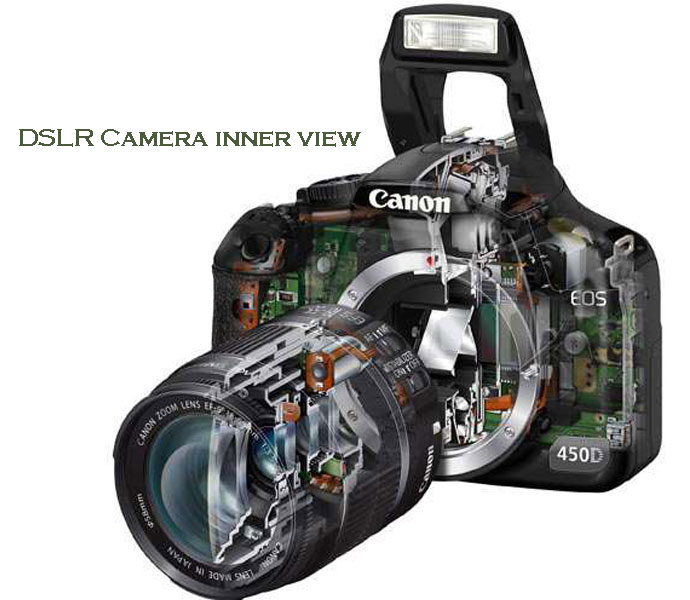
The DSLR cameras are among the best cameras to offer superb picture quality and live reflex images. The basic concept, which they offer is to show exactly the same thing to the user, which the lens has found or looking. The major drawback which these cameras see is with their size and not so portable design.
Mirrorless Camera:
Mirrorless Camera, as the name decides, doesn't possess any mirror to project. Since the size of DSLR cameras is not friendly to the portability aspects of user, manufacturers have excogitated a new stream of cameras without the inclusion of mirrors. Mirrorless cameras are less bulky than the DSLR.
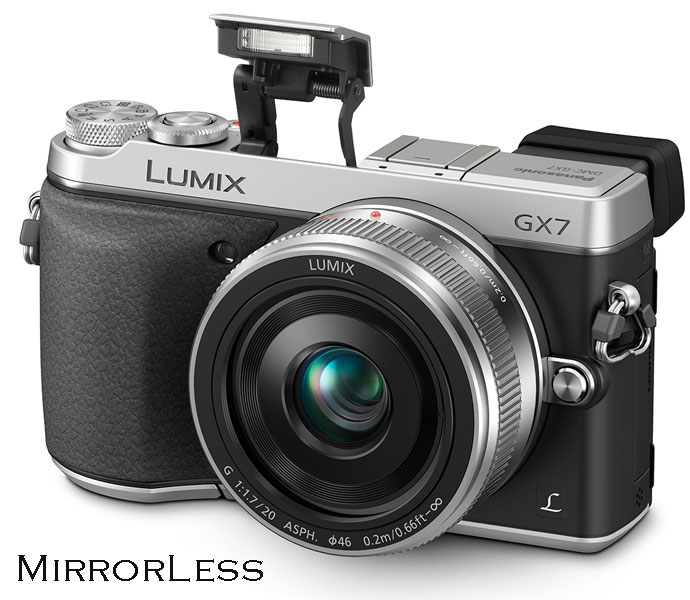 The image sensor employed to the job in these snappers is of a different standard. The image is unconventionally projected directly to the sensor from the lens. The main objective of removing mirror is to reduce the weight and bulky size of the DSLR.
The image sensor employed to the job in these snappers is of a different standard. The image is unconventionally projected directly to the sensor from the lens. The main objective of removing mirror is to reduce the weight and bulky size of the DSLR.
So what's the difference?
Now, in the above discussion, it seems to be pretty obvious that there are no such hefty differences between these two camera types. Then where does the deciding point resides? The cut lies in the usability of these two. Both of these are well versed in many facets, but also in their own style. Hence to make a decision, we must get on the depth of their practice.
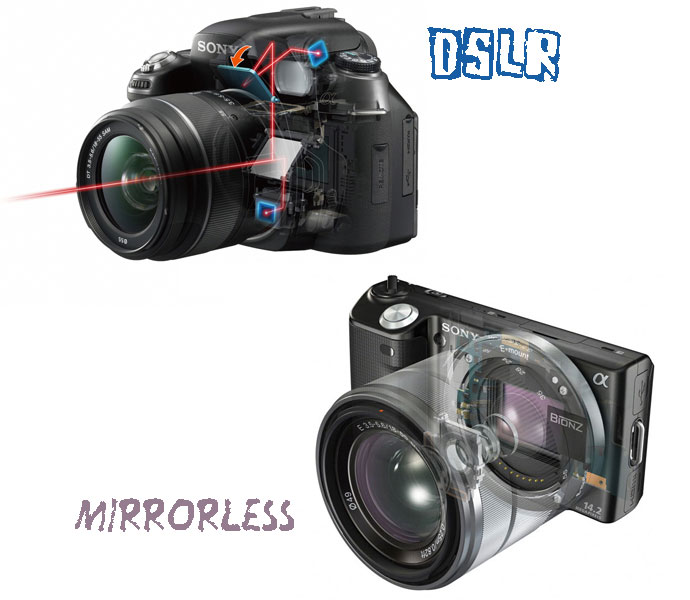
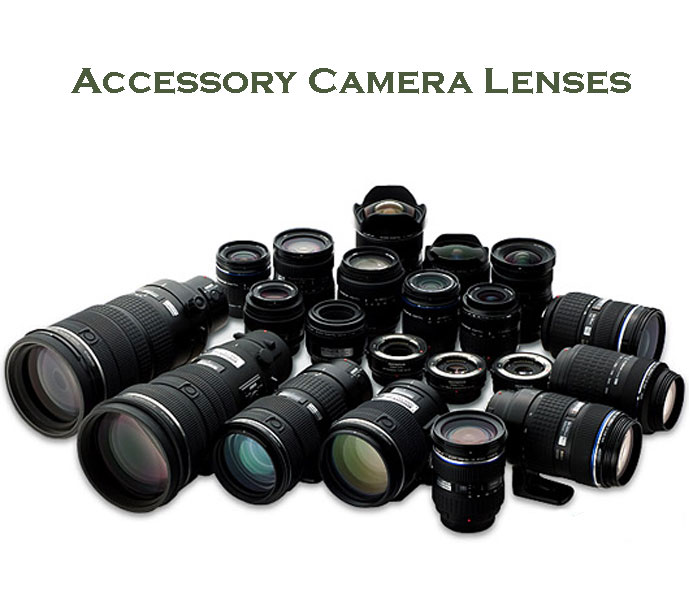
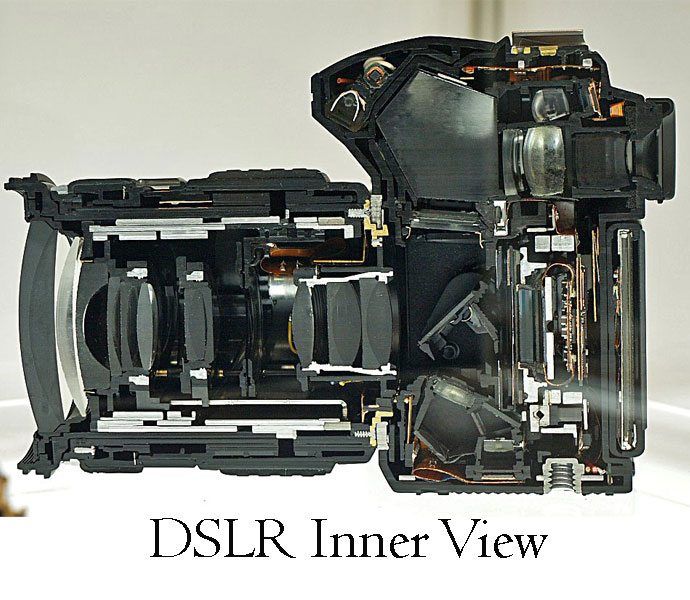
So the conclusion of the discussion is, if the requirement is not to have a easy going high class camera and you don’t want to attach much accessories, then you can go with the Mirrorless Cameras, else, DSLR are the all time conqueror.